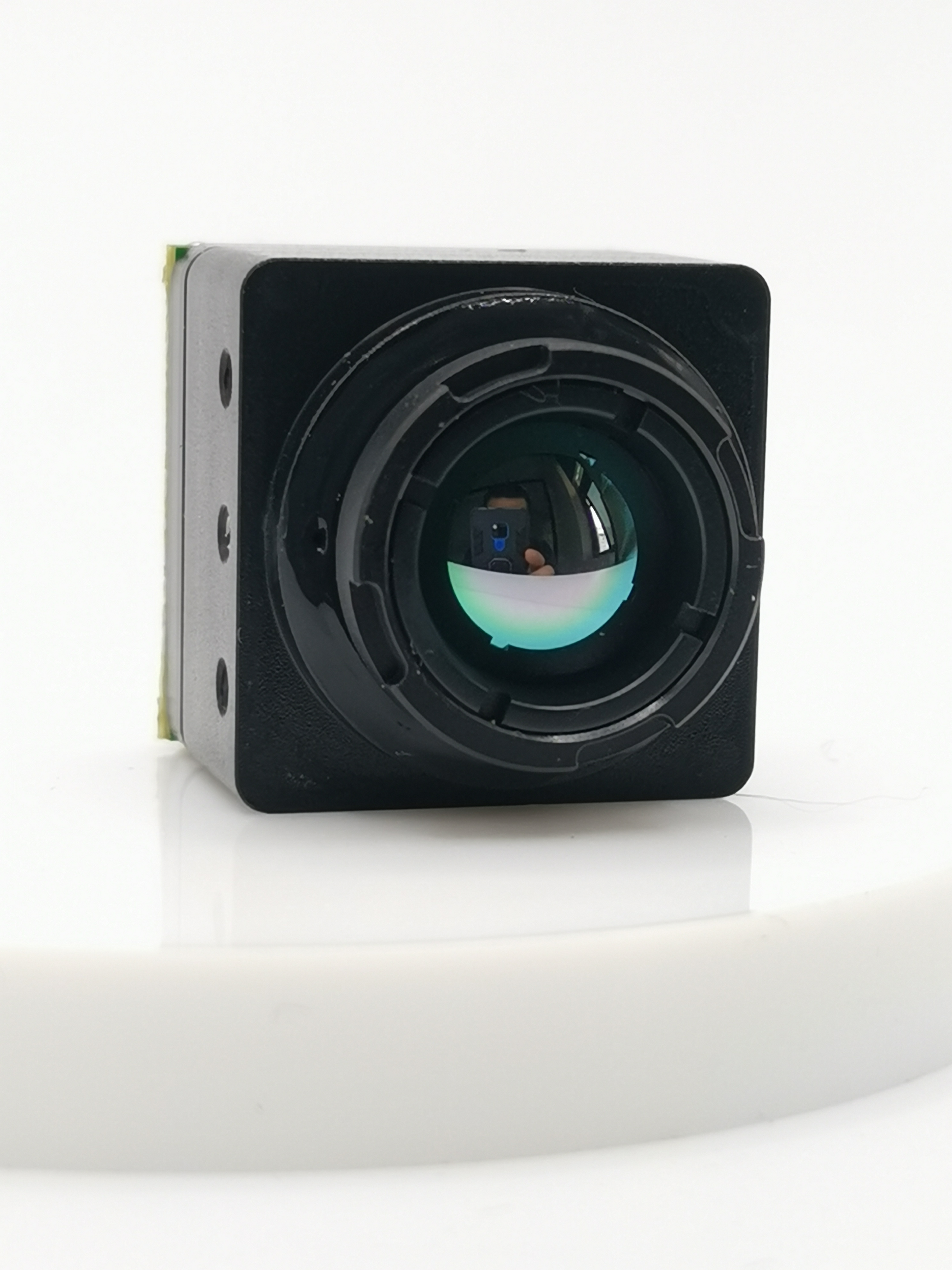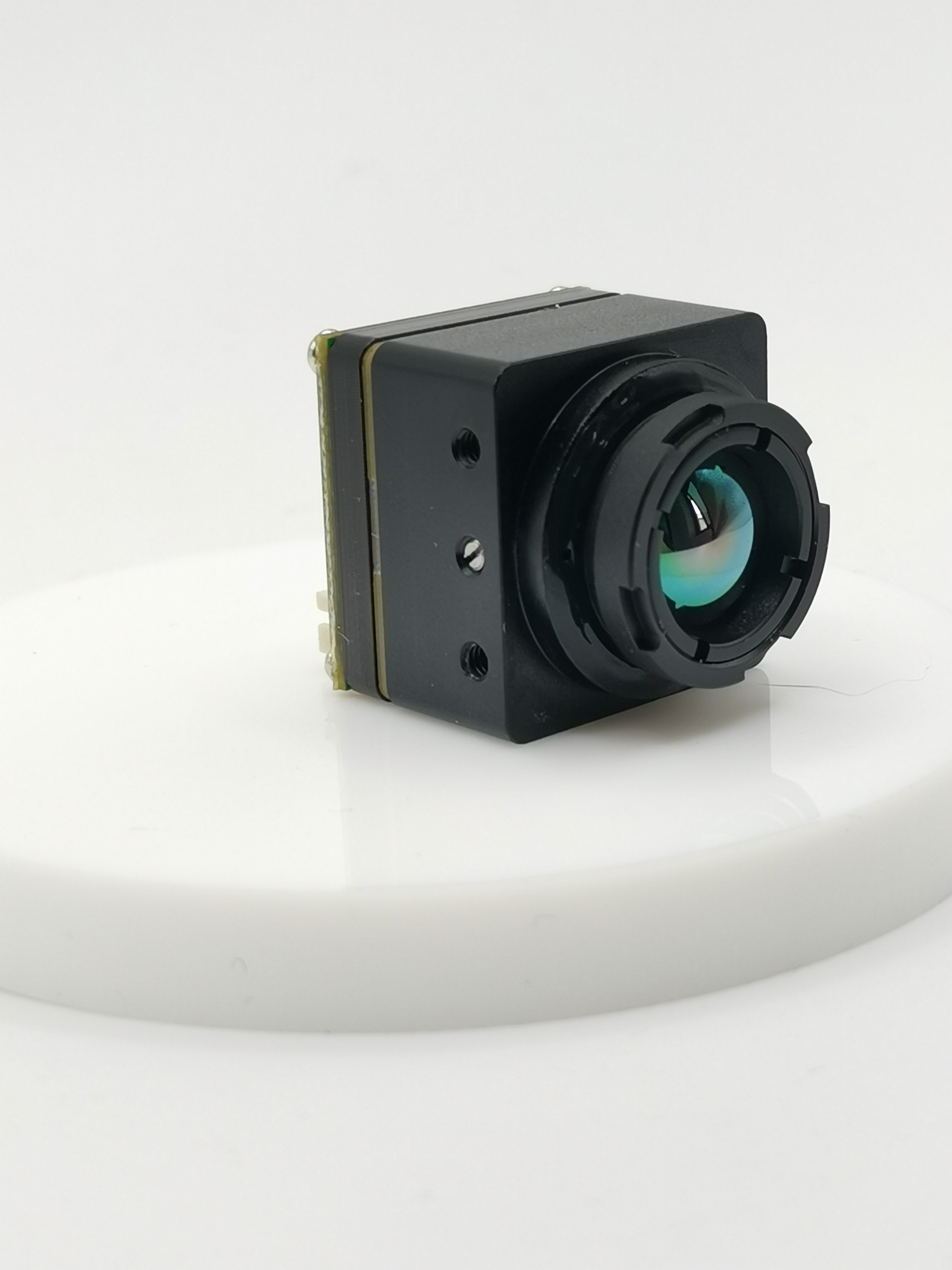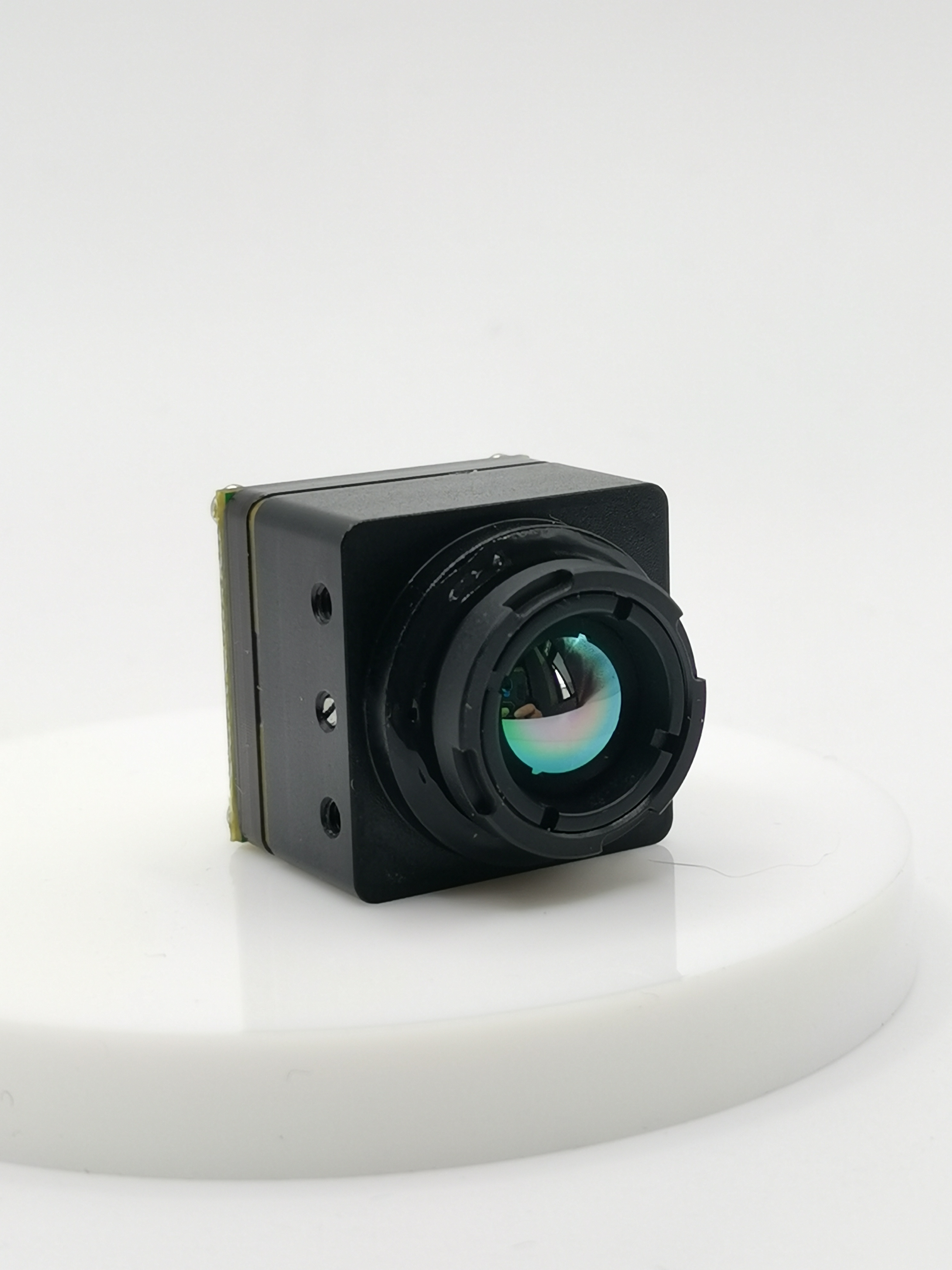Discover the Top 5 Benefits of Small Drones with Thermal Cameras

Small drones equipped with thermal cameras offer a groundbreaking technological advancement in various fields. The integration of thermal cameras on drones revolutionizes traditional methods by providing a bird's eye view for efficient monitoring. Seek Thermal Camera App, Seek Thermal Imaging Camera for Android, and other similar technologies have enabled unparalleled capabilities in aerial surveillance. The upcoming discussion will delve into the pivotal benefits these innovative tools bring to industries like agriculture, infrastructure inspection, wildlife conservation, firefighting, and security. Additionally, a small drone with thermal camera can significantly enhance the effectiveness of these applications by providing real-time thermal data from an aerial perspective.
Enhanced Search and Rescue Operations

Efficient Heat Signature Detection
Drones equipped with thermal cameras play a vital role in search and rescue operations by efficiently detecting heat signatures. Locating missing persons becomes more manageable as the thermal camera can detect body heat even in challenging terrains. This capability significantly speeds up the search process, increasing the chances of successful rescues. Moreover, identifying hazards such as overheated machinery or potential fire risks is crucial for ensuring the safety of both rescuers and those in distress.
Real-time Data Transmission
Real-time data transmission is a game-changer in search and rescue missions. Immediate response to critical situations is facilitated through the swift transmission of thermal images captured by drones. These images provide valuable insights into the location of individuals in need of assistance, enabling quick decision-making by rescue teams. Furthermore, coordination with ground teams is enhanced as thermal data can be shared instantly, allowing for seamless collaboration between aerial and ground units.
Agricultural Monitoring
Assessing Crop Health
Small drones equipped with thermal cameras revolutionize the way crop health is assessed. By capturing thermal images of agricultural fields, farmers can easily identify stress areas within crops. These stress areas, often indicative of pest infestations or inadequate irrigation, can be promptly addressed to ensure optimal crop growth. The ability to detect these issues early on helps farmers take proactive measures to maintain the health and yield of their crops. Additionally, the thermal data collected by drones enables farmers to make informed decisions regarding irrigation practices.
Livestock Monitoring
When it comes to livestock monitoring, small drones with thermal cameras offer unparalleled advantages. Farmers can track the movement of animals across vast pastures with ease, ensuring their well-being and security. By monitoring animal heat signatures, farmers can quickly identify any anomalies that may indicate distress or health issues among the livestock. This real-time monitoring capability allows farmers to respond promptly to any potential concerns and provide timely care for their animals.
Infrastructure Inspections
Drone-based infrastructure inspections have revolutionized traditional visual inspection methods, offering a cost-effective and powerful alternative. These inspections provide efficient data gathering, early issue detection, and substantial cost savings compared to conventional approaches. In sectors like Energy, Utilities, Infrastructure, and Transportation in the UK, drone inspections have become the preferred method for surveys and assessments.
Power Lines and Solar Panels
Detecting Faults: Small drones equipped with thermal cameras excel in detecting faults in power lines and solar panels. By capturing thermal images from above, these drones can identify anomalies such as overheating components or damaged sections promptly.
Preventing Failures: The ability of thermal cameras on drones to detect potential failures before they occur is invaluable. By monitoring temperature differentials along power lines or solar panels, preventive maintenance can be scheduled to avoid costly breakdowns.
Building Inspections
Identifying Structural Issues: Thermal imaging on small drones enables the identification of structural issues in buildings with precision. From heat loss areas to moisture accumulation spots, these cameras provide insights that are crucial for maintaining structural integrity.
Enhancing Maintenance: By utilizing thermal data captured by drones during building inspections, maintenance efforts can be enhanced significantly. Early detection of issues allows for proactive maintenance measures that prolong the lifespan of structures.
Wildlife Conservation
Tracking Animal Movement
Small drones equipped with thermal cameras play a crucial role in tracking animal movement for wildlife conservation efforts. By monitoring the heat signatures of animals, researchers can gain valuable insights into their behavior and migration patterns. This innovative technology allows for a non-intrusive way to study how different species move within their habitats.
Studying Migration Patterns
Studying migration patterns is essential for understanding the seasonal movements of various animal species. Thermal cameras on drones provide a unique perspective from above, enabling researchers to track and document these migrations accurately. This data helps in identifying critical habitats and migration corridors that are vital for the survival of wildlife populations.
Monitoring Endangered Species
The ability to monitor endangered species using small drones with thermal cameras is a significant advancement in conservation efforts. By tracking the heat signatures of these vulnerable species, conservationists can assess population trends, identify threats, and implement targeted conservation measures. This real-time monitoring ensures timely intervention to protect endangered species from extinction.
Habitat Analysis
Thermal imaging technology on small drones facilitates detailed habitat analysis for better environmental management practices. By assessing temperature variations in different habitats, researchers can evaluate environmental changes and their impact on wildlife ecosystems. This data is instrumental in guiding conservation strategies to preserve natural habitats effectively.
Assessing Environmental Changes
Assessing environmental changes through thermal imaging provides valuable information on ecosystem health and resilience. Small drones equipped with thermal cameras can detect variations in temperature gradients, indicating shifts in vegetation cover or water availability. This insight aids in understanding the impact of climate change and human activities on wildlife habitats.
Protecting Natural Habitats
Protecting natural habitats is paramount for biodiversity conservation, and small drones with thermal cameras offer a proactive approach to habitat protection. By monitoring heat signatures in key habitats, conservationists can detect potential threats such as deforestation or illegal activities. This surveillance enables swift action to safeguard natural areas and ensure the long-term sustainability of ecosystems.
Firefighting and Security

Identifying Hotspots
Drones equipped with thermal cameras play a crucial role in firefighting operations by swiftly identifying hotspots. The thermal imaging technology enables firefighters to detect areas of intense heat, pinpointing potential ignition sources. This early detection is vital for preventing the escalation of fires and guiding firefighting efforts effectively.
Assessing Fire Spread
Assessing the spread of fires is significantly enhanced through the aerial perspective provided by drones with thermal cameras. By monitoring temperature changes in real-time, firefighters can predict the direction and speed of fire propagation. This data-driven approach allows for strategic decision-making to contain and extinguish fires promptly.
Enhancing Firefighting Strategies
The integration of thermal cameras on drones revolutionizes firefighting strategies by offering unparalleled insights into fire behavior. Firefighters can analyze thermal images to understand fire dynamics, identify structural weaknesses, and optimize resource allocation. This innovative technology empowers firefighting teams to respond proactively and mitigate fire risks efficiently.
Security Surveillance
Small drones equipped with thermal cameras are instrumental in enhancing security surveillance measures by detecting intruders effectively. The ability to monitor large areas from an aerial perspective provides security personnel with a comprehensive view of their surroundings, enabling timely threat identification.
Detecting Intruders
Thermal cameras on drones enable security teams to detect intruders trespassing in restricted areas promptly. By capturing heat signatures, drones can alert security personnel to potential security breaches, allowing for immediate response actions to prevent unauthorized access.
Monitoring Large Areas
Security surveillance is optimized through the use of small drones with thermal cameras for monitoring large areas efficiently. Drones provide continuous aerial coverage, enabling security teams to oversee expansive territories without physical limitations. This proactive surveillance approach enhances overall security protocols and ensures comprehensive protection of critical assets.
Small drones with thermal cameras offer a multitude of benefits across various industries. Firstly, they enhance search and rescue operations by efficiently detecting heat signatures, aiding in the location of missing persons and identification of hazards. Secondly, these drones revolutionize agricultural monitoring by assessing crop health and optimizing irrigation practices. Additionally, they excel in infrastructure inspections by detecting faults in power lines and identifying structural issues in buildings. Furthermore, small drones with thermal cameras play a pivotal role in wildlife conservation efforts by tracking animal movement and protecting natural habitats. The versatility of these drones opens up endless possibilities for future developments and applications in diverse fields.
See Also
Optimizing Drone Monitoring: An Overview of Analog FPV Thermal Imaging Advantages
Key Advantages of Analog FPV Thermal Cameras for Drones
Progress in Thermal Imaging Tech for Compact Drone Thermal Cameras
Selecting the Top Drone with Thermal Imaging Camera: A Comprehensive Guide
Enhancing Aerial Monitoring with Drone-Mounted Thermal Imaging Technology
Contact Us: Ms. Coco Huang
E-mail: sales@iasun.cn
WhatsApp/Wechat: +86 13510421923

